Composites / Nano-composites
The production of composite and nano-composite materials plays a crucial role in advancing the field of materials science and engineering. Among the various techniques available, attrition ball milling has emerged as a prominent method for synthesizing these advanced materials. By subjecting powders or pre-alloyed materials to intense mechanical forces in a ball mill, attrition ball milling enables the creation of composite structures and the dispersion of nanoparticles within a matrix. Producing MMCs and MMNCs with Cryogenic milling offers several additional advantages that enhance the efficiency, effectiveness and performance of the material, such as :
Enhanced Dispersion of Nanoparticles. Cryogenic milling provides unique advantages in the production of nano-composite materials. The extremely low temperatures employed during this process enhance the brittleness of materials, facilitating the effective dispersion of nanoparticles within a matrix. The improved embrittlement allows for enhanced fragmentation and de-agglomeration of nanoparticles, resulting in better dispersion and homogeneity throughout the composite. This enhanced dispersion leads to improved mechanical, thermal, and electrical properties, making cryogenic milling an excellent choice for synthesizing high-performance nano-composites.
Reduced Particle Agglomeration. Agglomeration of particles is a common challenge faced in composite material production. Cryogenic milling mitigates this issue by reducing the tendency of particles to agglomerate during the milling process. The low temperatures increase the hardness and brittleness of the materials, leading to more frequent and efficient particle-to-particle collisions. This effect promotes the fragmentation and dispersion of particles, preventing the formation of large agglomerates. Consequently, cryogenic milling facilitates the production of composite materials with enhanced uniformity, improved mechanical properties, and superior structural integrity.
Preservation of Nanoparticle Integrity. Nanoparticles are often susceptible to structural changes during the milling process. Cryogenic milling helps preserve the integrity and properties of nanoparticles by maintaining low temperatures throughout the milling operation. By minimizing thermal effects, cryogenic conditions prevent or significantly reduce the occurrence of undesired phase changes or agglomeration of nanoparticles. This advantage ensures that the unique properties of the nanoparticles are retained, leading to the production of composite materials with enhanced functionality and performance.
Control over Matrix Grain Size. Cryogenic milling offers the advantage of improved control over the grain size of the matrix material in composite production. The low temperatures suppress grain growth, allowing for the formation of composite materials with fine-grained matrices. Fine-grained matrices contribute to increased strength, hardness, and wear resistance, thereby improving the overall performance of the composite. Cryogenic milling enables our researchers and engineers to tailor the microstructure and properties of the matrix material according to the desired application requirements.
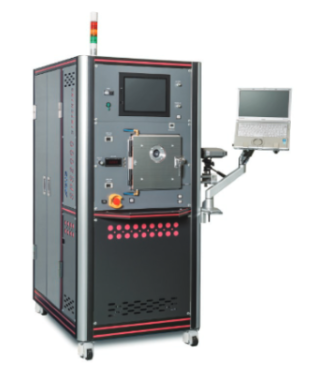 Spark Plasma Sintering Systems
Spark Plasma Sintering Systems
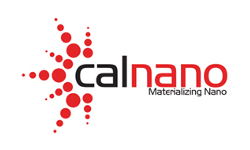 SPS Starter Accessory Kits
SPS Starter Accessory Kits
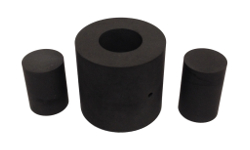 High Strength SPS Graphite Tooling
High Strength SPS Graphite Tooling
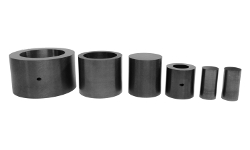 Tungsten Carbide Tooling
Tungsten Carbide Tooling
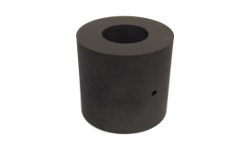 SPS Graphite Crucibles
SPS Graphite Crucibles
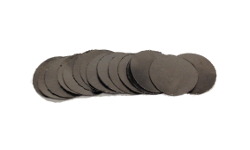 Carbon Graphite Foil / Paper
Carbon Graphite Foil / Paper
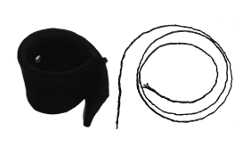 Carbon Felt and Yarn
Carbon Felt and Yarn
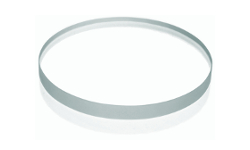 Quartz Glass Windows
Quartz Glass Windows
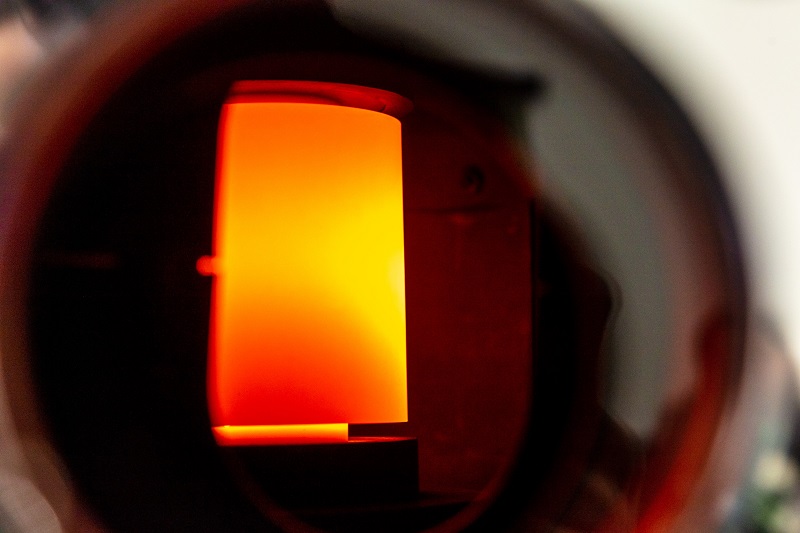 SPS/FAST Modeling Software
SPS/FAST Modeling Software